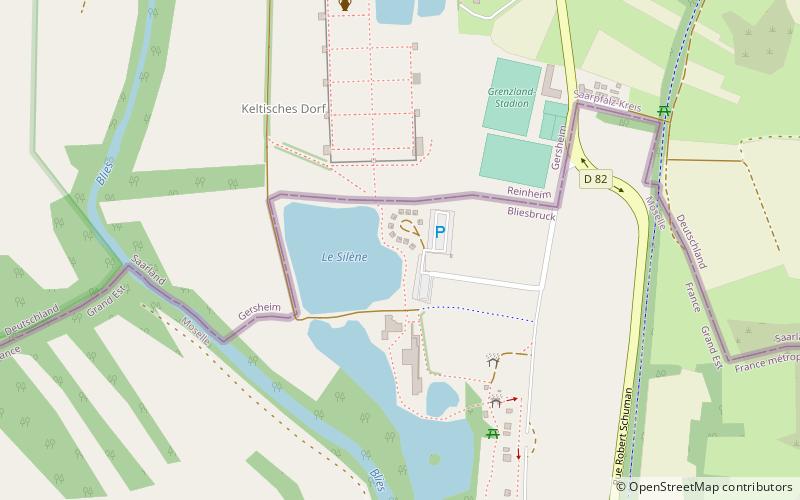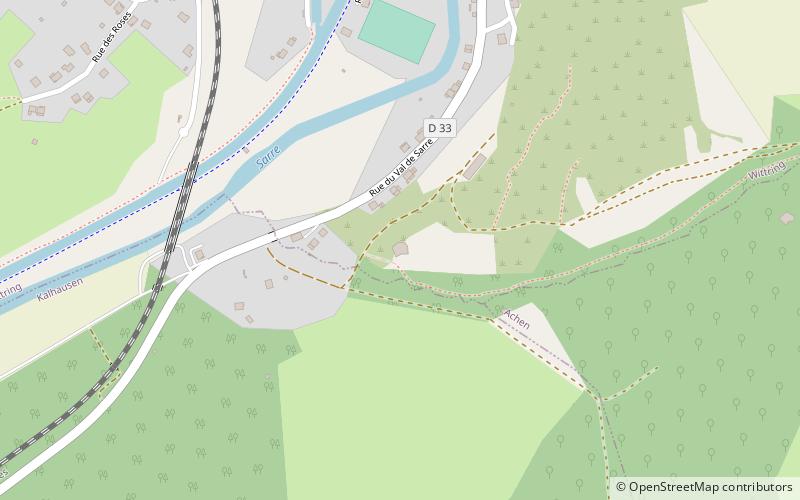European Archaeological Park of Bliesbruck-Reinheim


Facts and practical information
Nestled in the picturesque landscape of the Franco-German border lies the European Archaeological Park of Bliesbruck-Reinheim, a site that offers a fascinating glimpse into the ancient past. This archaeological treasure trove is a testament to the region's rich cultural heritage, dating back to the Celtic and Roman periods.
The park, which spans across 70 hectares, is a cross-border cooperative effort between France and Germany, designed to preserve and present the remnants of a bygone era. It is here that visitors can walk in the footsteps of our ancestors, exploring the ruins of a Gallo-Roman settlement that once flourished in this area.
One of the most significant discoveries at the site is the grand tomb of a Celtic princess, unearthed in Reinheim. The grave, which dates back to the late 4th century BC, held a wealth of artifacts, including jewelry and a chariot, offering insights into the opulent lifestyle of the elite during that time.
The park also showcases the remains of a large Roman villa, complete with baths and intricate mosaics, reflecting the prosperity of the region under Roman rule. The villa's layout and the artifacts found within paint a vivid picture of domestic life nearly two thousand years ago.
Throughout the year, the European Archaeological Park of Bliesbruck-Reinheim hosts a variety of educational programs and events, including workshops, guided tours, and living history demonstrations, allowing visitors to engage with the ancient world in a hands-on manner.
European Archaeological Park of Bliesbruck-Reinheim – popular in the area (distance from the attraction)
Nearby attractions include: Ouvrage Haut-Poirier, Casemate de Wittring, Ouvrage Rohrbach, Médiathèque de Sarreguemines.






